Tenet Healthcare Corp
Latest Tenet Healthcare Corp News and Updates
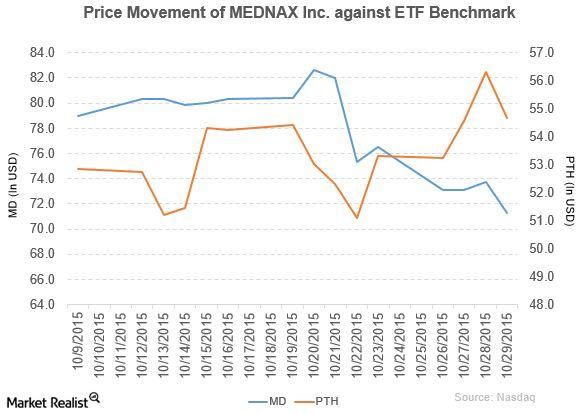
MEDNAX Revenue and Income Rose After 3Q15 Results
MEDNAX’s YTD price movement was a mix of rises and falls in 2015. After the earnings report, MEDNAX fell 3.4% to close at $71.3 per share as of October 29, 2015.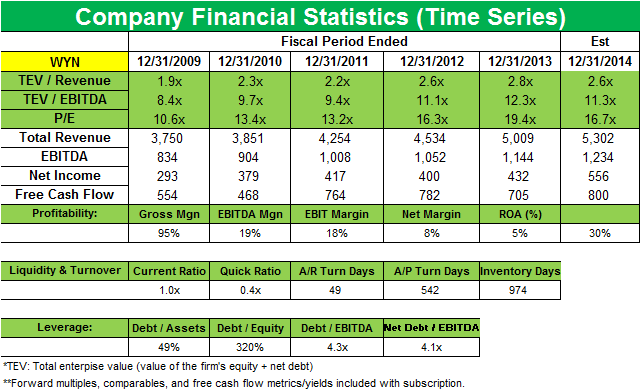
Why Chilton starts new position in Wyndham Worldwide
Approximately 63% of Wyndham’s revenues come from fees for providing services referred to as its “fee-for-service” businesses.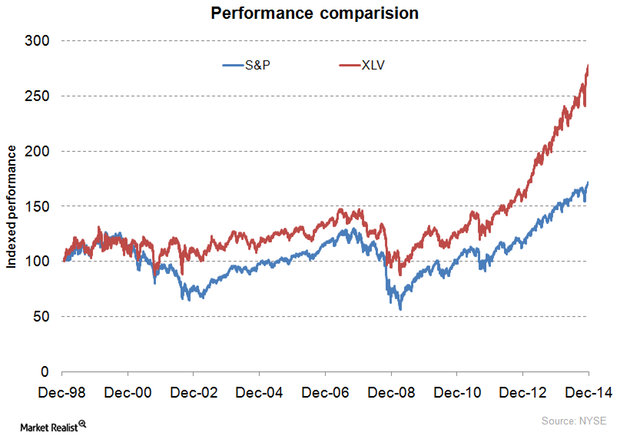
Must-read: Is the US hospital industry truly non-cyclical?
The hospital sector is widely considered a non-cyclical or defensive industry, meaning demand for hospital services doesn’t change with the economic cycle.
Exploring payer mix trends at HCA Holdings
In terms of payer mix, the percentage of HCA Holdings revenues contributed by Medicare rose from 28.0% in 3Q13 to 30.3% in 3Q14.Healthcare Overview: Assessing hospital companies’ capital expenditures
Capital projects in the hospital sector include purchasing new facilities, purchasing medical equipment, renovating and replacing existing hospitals, and investing in information systems infrastructure.Healthcare Understanding hospitals’ size, technology, and operating expenses
In the capital-intensive hospital industry, economies of scale offer a competitive advantage by spreading out the high fixed costs, providing for higher margins.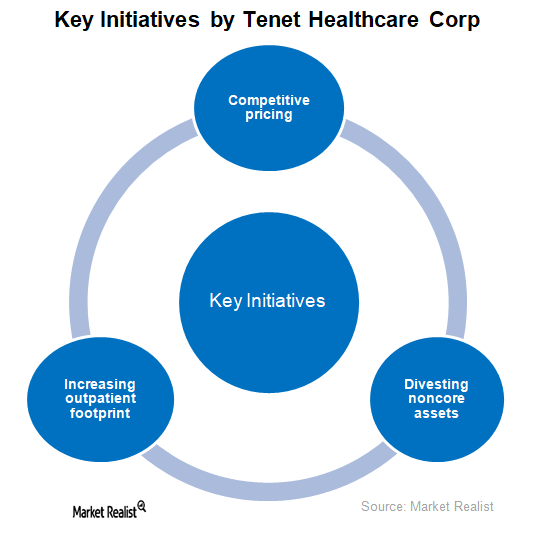
Understanding Tenet Healthcare’s Business Strategy
To better position itself and compete effectively in this evolving healthcare environment, Tenet Healthcare has taken a number of steps.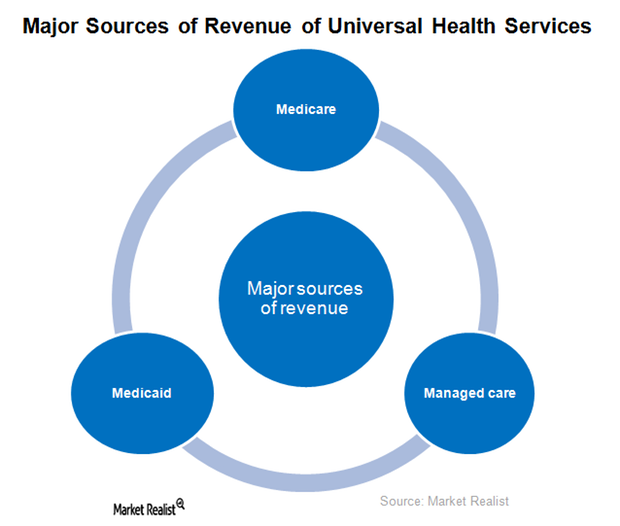
How Has Universal Health Services Fared Compared to Peers?
Between November 22 and February 21, Universal Health Services stock has risen 19% to reach $117.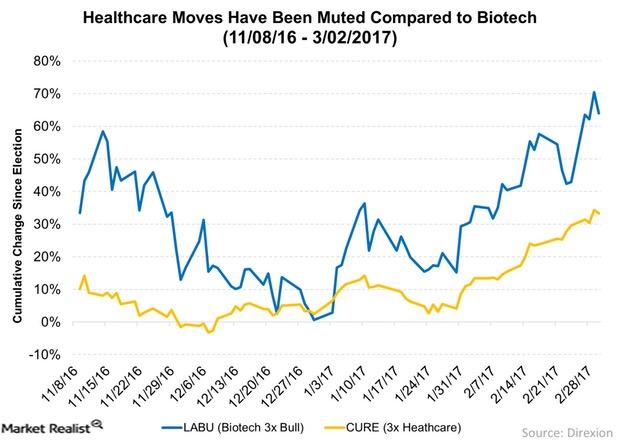
Healthcare Moves Have Been Muted, but Could We Get a Surprise?
Rising interest rates don’t negatively affect healthcare as much as some other industries. But it has still underperformed since the US elections.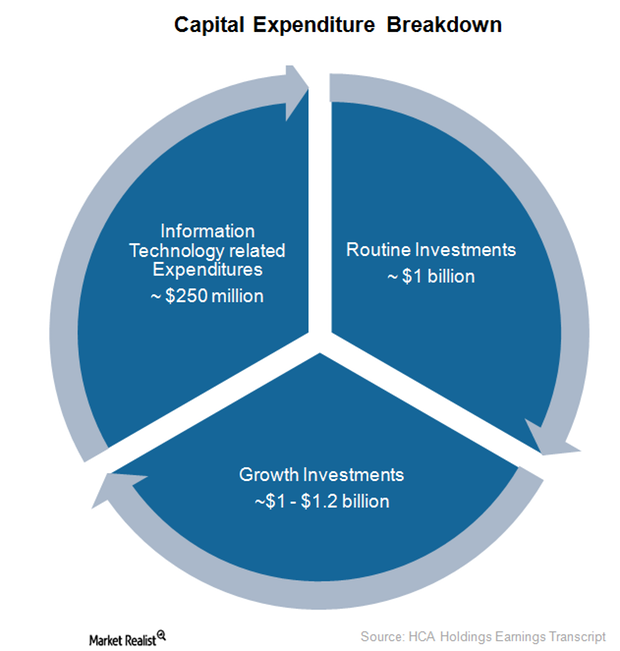
HCA Holdings’s Strong Capital Expenditure Strategy for 2016
In 2015, HCA Holdings deployed ~$2.4 billion in capital expenditure. It planned to increase capital spending to $2.7 billion in 2016.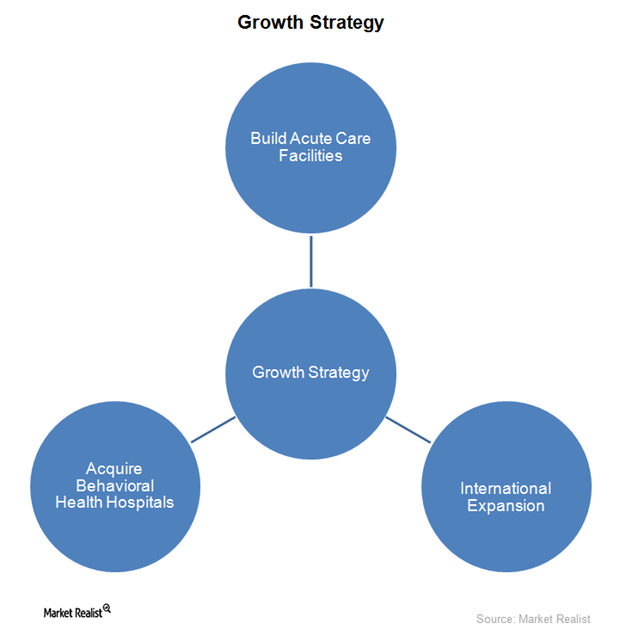
Universal Health Services Explores Growth Opportunities in 3Q15
In 3Q15, Universal Health Services was actively involved in exploring growth opportunities, both in its acute care as well as behavioral health business.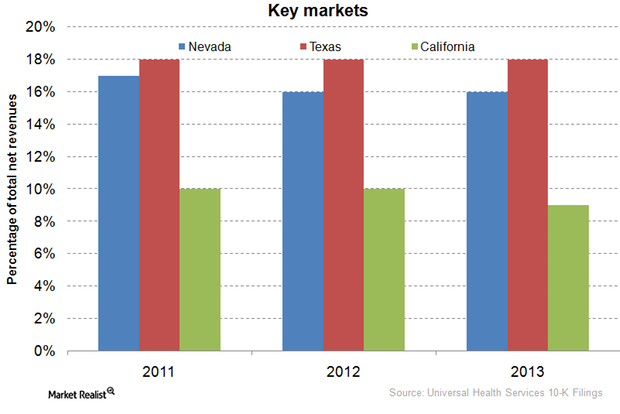
Exploring Universal Health Services’ major markets
Universal Health Services (UHS) earns more than 50% of its total revenues from the Texas, Nevada, Florida, California, and District of Columbia markets.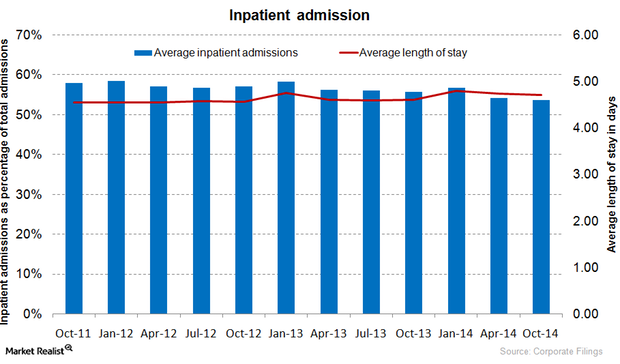
Analyzing the important current trends in hospital admissions
Hospital admissions are classified in two categories, inpatient admissions and outpatient admissions. Patients who are admitted overnight are inpatients.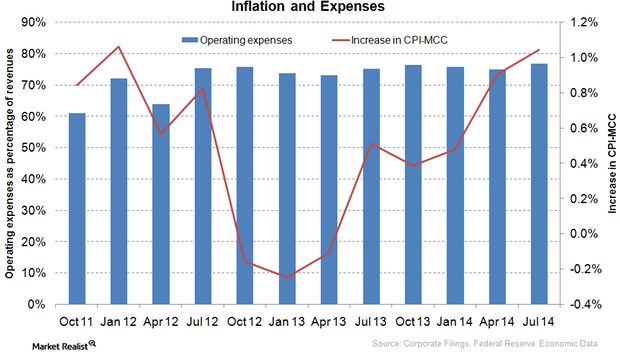
Gauging inflation’s effects on the hospital industry
Inflation closely relates to the performance of the healthcare industry (XLV), as it affects the rates that hospitals charge and the costs of medical care.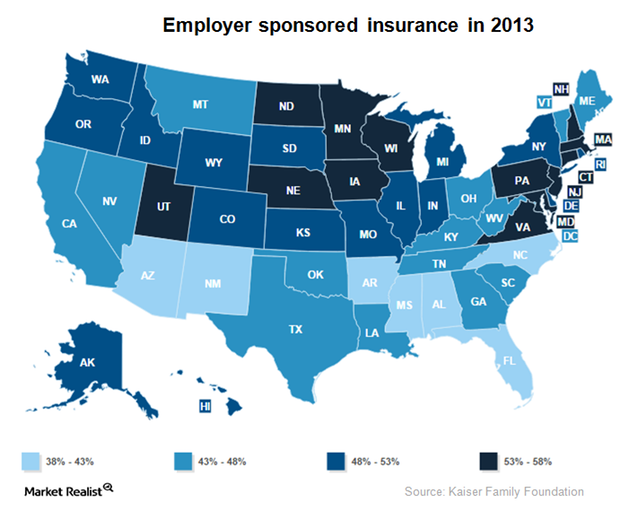
Why the unemployment rate affects hospital performance
The healthcare industry, represented by the Healthcare Select Sector SPDR, is affected by the unemployment rate. Income affects people’s health choices.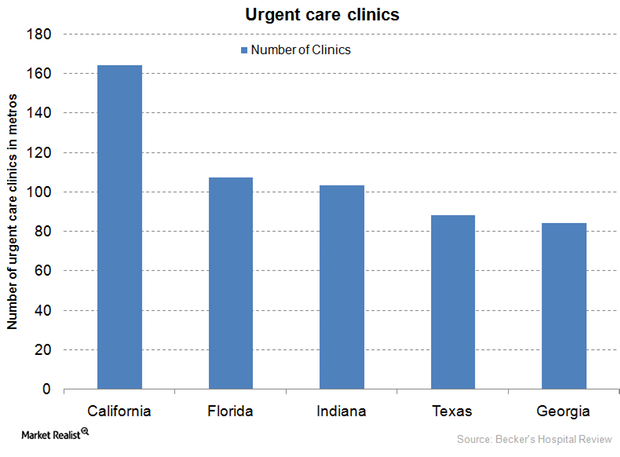
Standalone urgent care strategies
HCA Holdings is capturing market share in the $15 billion urgent care clinic market field by focusing on acquiring or opening standalone urgent care clinics.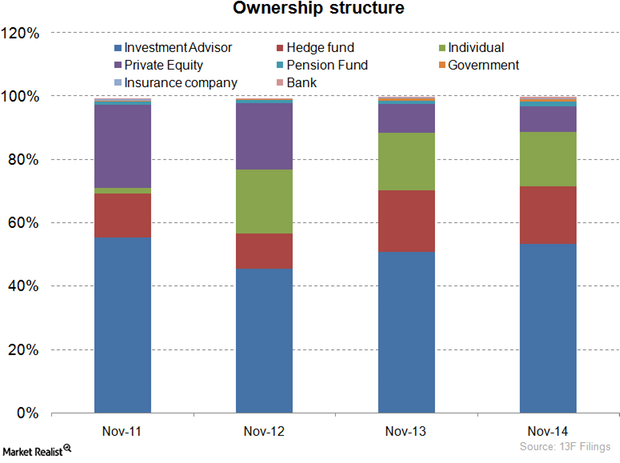
Exploring HCA’s ownership structure
Passive investments account for more than 56% of HCA Holdings’ total ownership structure.Earnings Report The benefits of Community Health Systems’ acquisition strategy
Community Health Systems acquires two to four hospitals each year as a part of its growth strategy. Reducing duplicate functions at the corporate level reduces overhead salary costs.Healthcare Why-high-yield issuers coast on “drive-by” and “add-on” deals
DaVita HealthCare Partners (DVA) and Tenet Healthcare (THC) were among the more prominent HY debt issuers in the week ending June 13.
